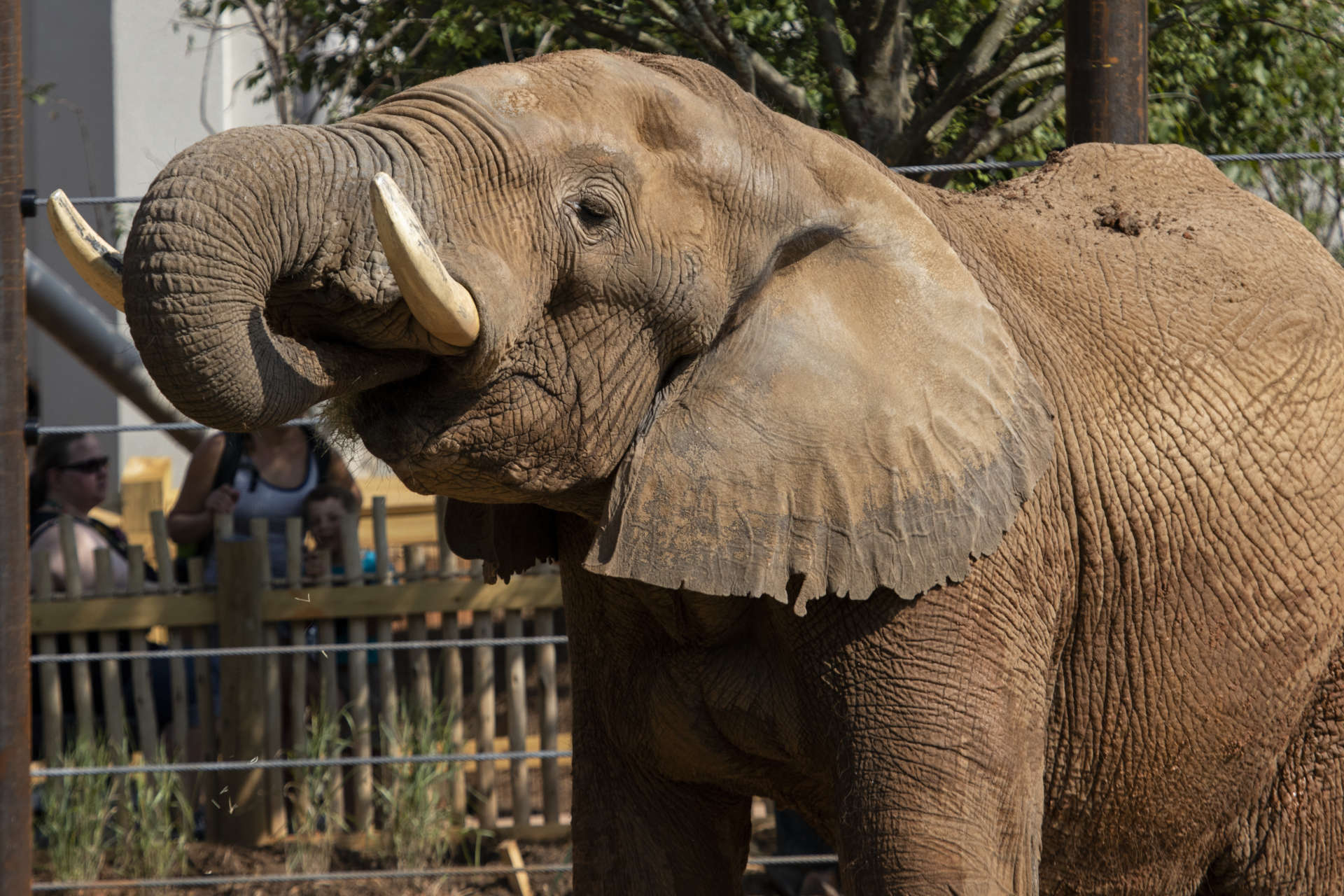Summary of Let’s Adapt! – Zoo Atlanta:
In a blog post dated May 10, 2024, Paige, an intern with the Elephant Care Team at Zoo Atlanta, shares insights into the unique adaptations of the zoo’s African elephant herd. Focusing on Kelly, Msholo, and Tara, Paige explains how each elephant’s adaptations help them thrive in their environments. Kelly, born in the dry climate of Namibia, has exceptionally long eyelashes to protect her eyes from sand and debris. Tara’s large, round ears contribute to her appearance and serve as a cooling mechanism by regulating temperature through the movement of air and blood. Msholo, noted for his size, tusks, and trunk, uses these features for various tasks such as picking grass, moving objects, and self-defense. Paige highlights the importance of adaptations in animal survival. She encourages readers to reflect on their own adaptations to their environment, humorously noting how a cup of coffee helps her start her day.
– Adaptations of African elephants at Zoo Atlanta
– The role of Zoo Atlanta in wildlife conservation and education
– The importance of understanding animal adaptations for their survival and care
Zoo Atlanta is a vibrant wildlife conservation and education hub, emphasizing the intricate balance between animal care, public engagement, and conservation science. One of the most compelling exhibits within the zoo encompasses the African elephant herd, providing visitors with an insightful perspective into these majestic creatures’ lives, behaviors, and adaptations. Through the lens of the elephant care team’s experiences, particularly those shared by intern Paige, we gain a deeper appreciation for the complexities of elephant biology and the conservation efforts underway to protect their counterparts in the wild.
African elephants, represented at Zoo Atlanta by Kelly, Msholo, and Tara, offer a fascinating study into how animals have evolved to thrive in their environments. Kelly, born in the arid landscapes of Namibia, sports particularly long eyelashes, a feature that serves as more than a mere aesthetic trait. These eyelashes are crucial in keeping sand and debris away from her eyes, showcasing a distinctive adaptation tailored to her native habitat’s challenges. This example underscores the importance of habitat-specific adaptations in animal survival and comfort.
The remarkable ears of Tara, another member of Zoo Atlanta’s elephant herd, illustrate nature’s ingenious solutions to environmental challenges. African elephants’ large, rounded ears are not just for auditory purposes; they function as an effective temperature regulation system. By flapping their ears, elephants like Tara can cool their blood, a vital adaptation for surviving the extreme heat of their native African savannas as well as the warm summers of Atlanta. This biological innovation highlights the elephant’s ability to adapt to varying climatic conditions, ensuring survival across diverse habitats.
Msholo, with his imposing size, impressive tusks, and versatile trunk, exemplifies elephants’ multifunctional adaptations. The elephant’s trunk, an evolution of the nose and upper lip, contains around 40,000 muscles and is a tool for feeding, smelling, lifting, and communicating. Meanwhile, elephants’ tusks are instrumental for foraging, self-defense, and manipulating their environment. Such adaptations are critical not only for the individual animal’s survival but also for maintaining their ecosystems, demonstrating the interconnectedness of nature.
Zoo Atlanta plays a pivotal role in fostering public understanding of wildlife adaptations and the significance of conservation efforts. By showcasing the unique adaptations of animals like the African elephants, the zoo educates visitors on the diversity of life and the importance of preserving natural habitats. This knowledge is crucial for inspiring conservation action and promoting empathy towards wildlife in zoos and nature.
Furthermore, understanding animal adaptations aids zookeepers and conservationists in providing the best possible care for zoo inhabitants. Recognizing the specific needs and behaviors stemming from these adaptations ensures that animals like Kelly, Tara, and Msholo can lead fulfilling lives even in captive environments. This, in turn, enhances the educational and conservational impact of zoos, as well-fed, healthy, and happy animals are better ambassadors for their species.
Lastly, reflecting on animal adaptations encourages us to consider our interactions with the natural world. It prompts us to think about how humans adapt to our surroundings and how we might live in harmony with other species. Zoo Atlanta invites visitors to not only marvel at the wonders of the animal kingdom but also to engage critically with issues of conservation, habitat destruction, and how we can contribute to a more sustainable coexistence with nature.
With its commitment to conservation, research, and education, Zoo Atlanta demonstrates the immense value of understanding and preserving the natural world. Through the stories of its resident elephants and the dedication of its care team, the zoo shines a light on the wonders of adaptation and the critical need for conservation efforts to protect these magnificent animals and their habitats for generations to come.


